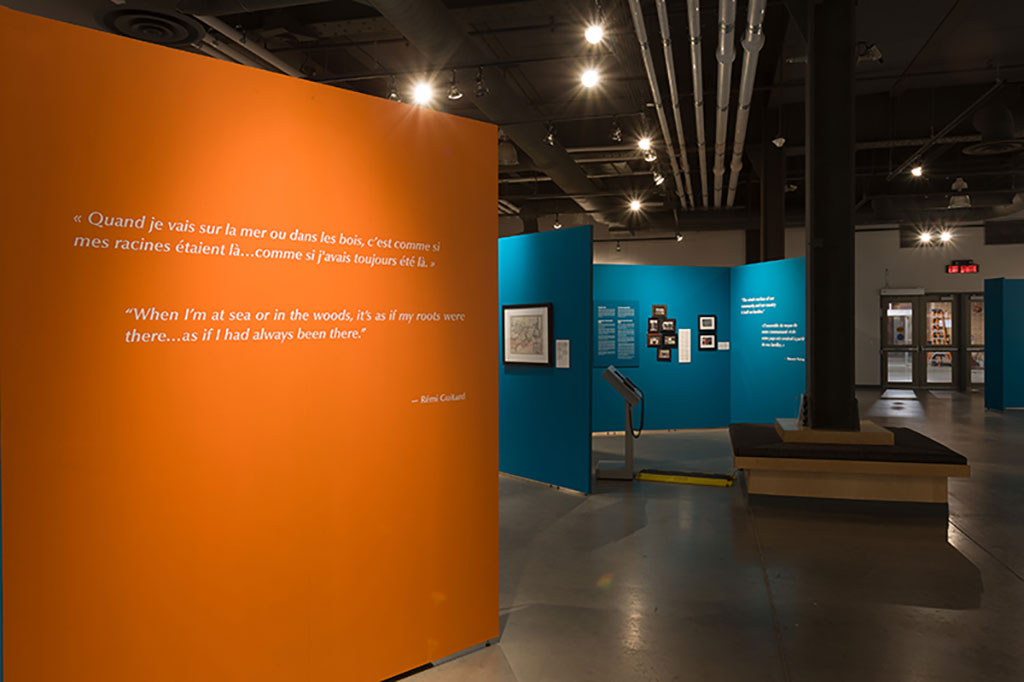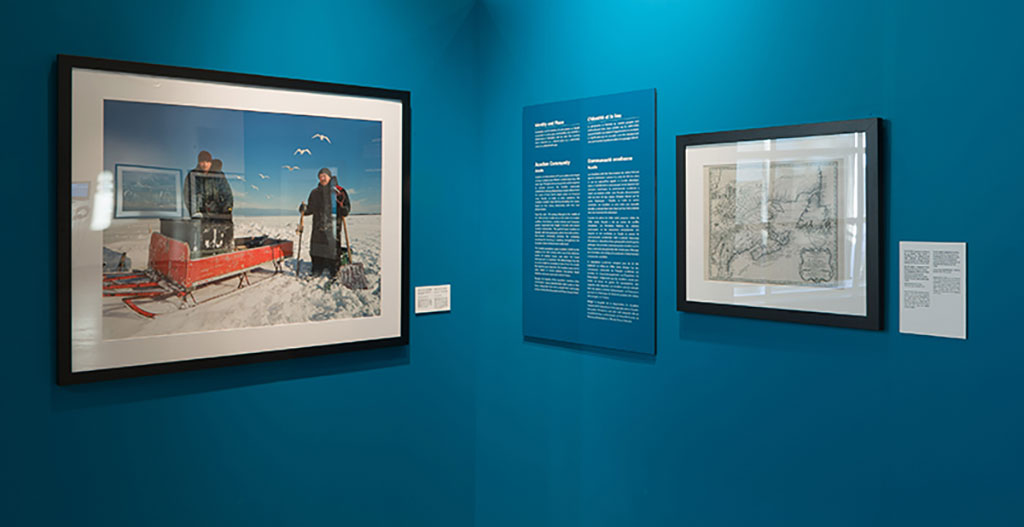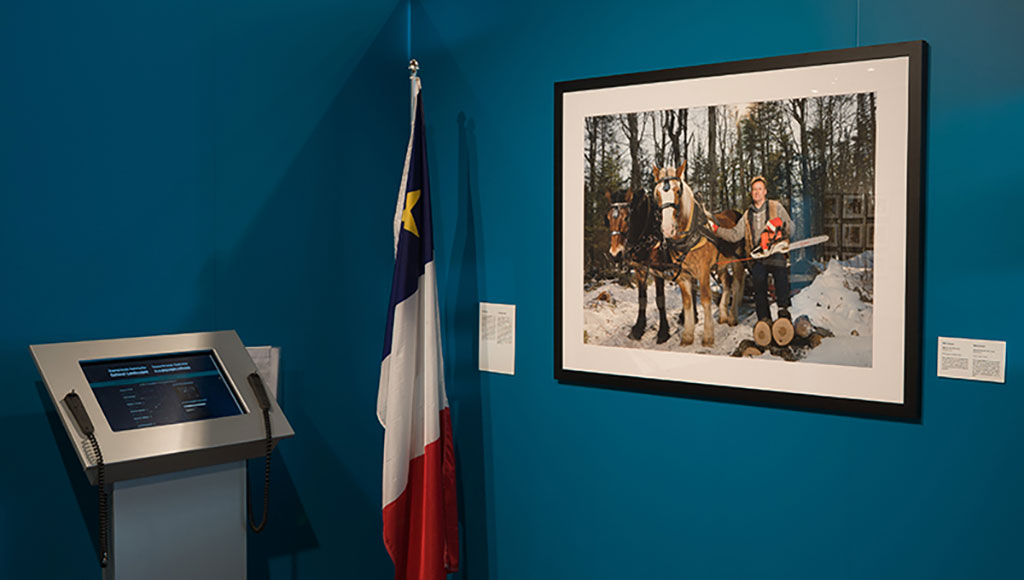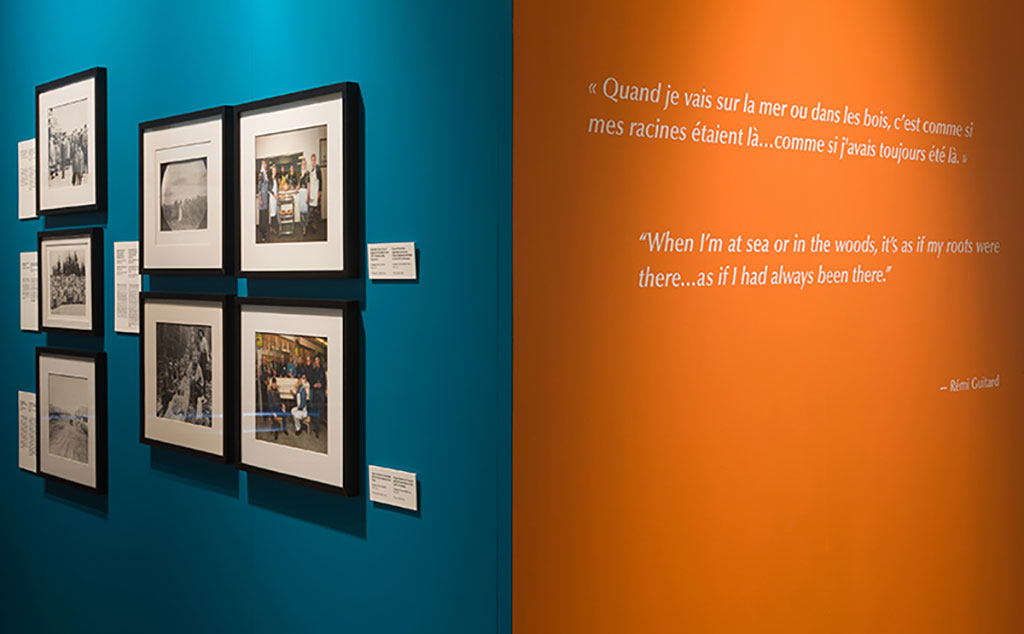by Steve Schwinghamer, Historian
(Updated January 28, 2022)
The Historical Thinking Project (www.historicalthinking.ca) points to the importance of taking of historical perspectives as part of constructing and understanding histories. It is a central part of historical work. It seems facile to say, but it’s important to always remember that people in the past lived complex cultural, emotional, spiritual and economic worlds no less so than the present. The reason this is tricky is that distilling an historical argument requires generalization, which in turn often means skirting the edges of logical fallacies like hasty generalization and exceptionalism.
The steps we take as historians to make meaning — establishing significance, using evidence, looking for continuity and change, assessing cause and consequence — cannot work if we distort the past with a present-oriented lens. There are many examples of how we fail to take historical perspective in judging the past, but the most common may be in matters that are strongly linked to matters of moral or ethical standards. In order to analyze and argue about events in the past, historians work outwardly, away from a narrow reading of an event. We immerse ourselves in contextual information so that we can establish a broader sense of the past in our minds.
In our exhibition, Shaping Canada: Exploring Our Cultural Landscapes, the Acadian case study was one of the most complicated ones to discuss from the point of view of taking historical perspectives. Why did this group identify with their geography and not with one of the colonial powers? What were the issues around an oath of allegiance and military service? Many of the answers lie in the rich tangle of regional relationships and histories around Acadian life in the seventeenth and eighteenth centuries. Acadians are generally identified first and foremost as descendants of French settlers. That “identity” isn’t sufficient: it sets aside the strong connections Acadians enjoyed with First Nations, and the personal and economic ties they had with the other colonies of the North American Northeast, whether British or French in origin. Acadian heritage was rooted in a developing local web that frequently had little to do with French imperialism. Further, the power dynamic in the area was constantly changing. Intervening powers were regularly overthrown by raids and economic pressure, or might simply vanish as their interest in Acadie/Nova Scotia waned.
After about seventy years of this variable environment, the perspective of the Acadians not merely as resisters, but as people who were wary of inconsistency in power, emerges to inform our historical understanding of why geography rather than external political affiliation became so important to this group. It also helps us understand why an unconditional oath of allegiance—the argument over the requirement for service—became such an issue for Acadians. Their “neutrality” was a pragmatic response to having seen too many fleeting conflicts flash through their region, leaving them to live with the consequences of any affiliations they may have had during the fighting. Fighting against the New Englanders, for example, at the behest of France, might lead to short successes—and then might leave years of bad blood to resolve, lingering long after the French forces left their crumbling forts and the French ships abandoned the local waters.
Judging their position from modern ethics and standards would strip their position of this complicated historical context and distort their relationship with events and people around them. For example, if we imposed a modern sensibility of pacifism on the Acadians, we might imagine that they rejected military service as a form of conscientious objection. This would lead us away from understanding some of the most profound successes of the Acadians in negotiating their way through decades of tumult as neighbours to groups with conflicting interests. Eighteenth-century Acadians approached neutrality in a unique context that shouldn’t be conflated with modern patterns of behaviour.
It’s important to understand that there were many people acting around the Acadians, too. The New Englanders who raided, traded, married and settled in Acadie had a different view of life in the region—no less significant or important, and certainly of great consequence for Acadians. The same is true for English soldiers, missionaries from Quebec, and so on. It is also important to remember that even for the historical Acadians, amid a “single people”, there are many points of view. Some people felt that they could take an oath to the English if they could avoid military service. A few were determined to assist French interests in the region. The point is that in exploring historical perspectives, we must be aware of the plurality: there are a lot of different voices in the past, and summing them up in a single chorus is difficult.
There is a final aspect to taking a historical perspective that is very important: awareness of one’s own perspective and how it is influencing the work. We cannot really reach a pure level of objectivity in an art as personal and imaginative as historical study, but that doesn’t lessen our obligation to test and be aware of our own bias. In order to try to set aside a modern perspective, one has to reflect on what the perspective may be. As historians, this always reminds us of the profound difference that always exists between us and the historical actors we study. It’s a caution.
All of these judgements about significance, consequence and perspective lead to a process that is difficult for historians, but important for making meaning: understanding ethical dimensions of the past.
Some images of the Identity and Place section of Shaping Canada, featuring Naomi Harris’ contemporary portrait photography.




